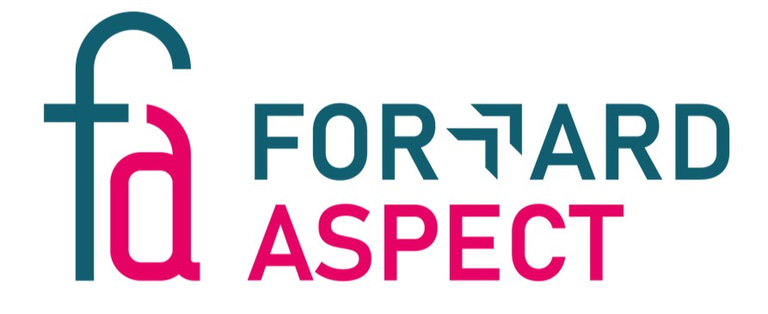Making the Case: How AI Modeling Became a Strategic Tool in Supply Chain Transition
A compelling framework to envision how AI – driven modeling and planning can deliver better supply chain decisions.
A senior supply chain leader and team at a biotech manufacturer needed a plan: What would it look like to use AI for scenario planning in a real-world decision making that involves high costs, precious reagents, and uncertain transition timelines? While these issues are common, the supply chain team was hesitant and unsure if AI could be applied meaningfully in such a high-stakes context.
How do you give a supply chain team confidence that AI can be used to support real, time-sensitive, strategic decisions without overwhelming the team or overengineering the solution?
As a fractional Chief of Staff, I was tasked with developing a practical and data-informed plan that would allow the supply chain team to see what it looks like to embed AI into real supply chain planning workflows. The goal was to create examples of how AI could support strategic, time-sensitive transitions with clarity and speed. Rather than getting lost in tooling, I used smart prompts, visual templates, and simulations to unlock conversations around planning, governance, ownership, and scale.
Actions and Initiatives
Developed a scenario planning framework that modeled transition variables like shelf life, demand surges, and cost exposure to improve readiness and reduce waste
Created reusable templates and prompt sets to help teams run their own what-if analyses moving forward
Clarified governance roles, decision ownership, and the supply chain AI Triad structure (business owner, technical lead, and integrator)
Facilitated conversations on metrics, chatbot/agent use cases, and ethical and risk considerations
Outcomes
Presented a concrete plan with examples showing how AI fit and could be deployed with minimal disruption and clear business value
Demonstrated how AI could enhance cross-functional planning by building confidence and alignment
Positioned the team to scale AI use for future needs, establishing a foundational approach and reusable tools
Provided a fresh perspective on how data can inform strategy, making abstract concepts actionable
Opened strategic dialogue beyond technical feasibility into business impact, ownership, and long-term capability building
With the right framing and fluency, AI modeling doesn’t need to be abstract or intimidating. A Chief of Staff can bridge the gap between exploration and execution by turning curiosity into adoption by delivering thoughtful, context-aware plans that spark buy-in and readiness.
Curious how a 8–12 week engagement could help you stress-test a bold idea or translate AI potential into your decision - making? Let’s talk about what a fractional Chief of Staff can unlock by setting the stage for AI-enabled planning, modeling and execution. Let's Connect!


